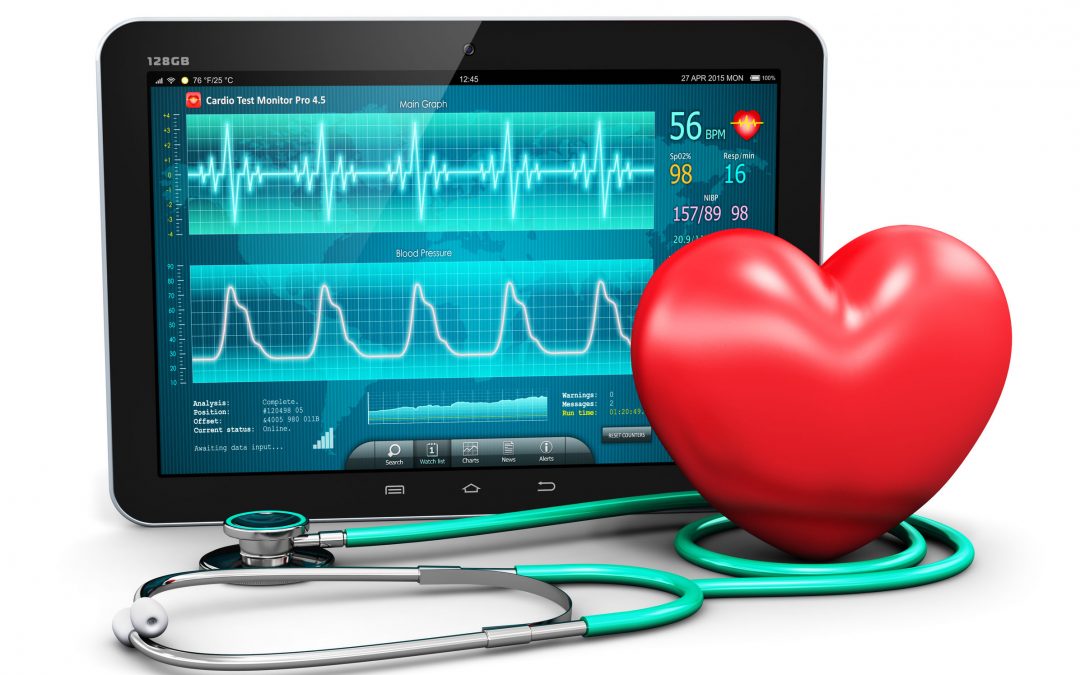
by DrCiuffo | Nov 30, 2022 | Blog
Signs You Could Be Diabetic Diabetes is one of the most common chronic illnesses in the US today. It can lead to heart disease, chronic pain and numbness in the extremities, loss of eyesight, and even amputation of toes and feet if not kept under careful control. Early symptoms are often overlooked. Knowing the signs may help you catch diabetes early and prevent long-term cardiovascular damage. Type I Diabetes Type I diabetes usually comes on before the patient is an adult. In Type I diabetes, the patient’s pancreas simply stops producing insulin. It can result from heredity, infection, or pancreas injury. Typically symptoms are far more severe and develop more quickly than in patients with Type II diabetes. Symptoms when diabetic may include rapid weight loss, lethargy, dehydration, and a significant increase in urination. Type II Diabetes Type II diabetes is far more common than Type I in adults. It may be caused by heredity, the strain excess weight puts on the body or poor eating habits. Type II diabetes symptoms may come on more slowly and be less noticeable at first than the symptoms of Type I. They may include: Frequent urination Chronic, insatiable hunger that returns even after eating Insatiable thirst Dry, itchy, flaky skin due to dehydration Blurring vision Sudden weight loss unrelated to diet or exercise Unexplained fatigue and lethargy Slow healing of cuts or bruises Gum disease Factors that Contribute to Diabetes Certain factors can influence your chances of becoming diabetic. While Type II diabetes is often connected with being overweight, genetics also play a large part. If a parent or sibling is diabetic,... 
by DrCiuffo | Jun 30, 2022 | Blog, Dr. Giovanni B Ciuffo, Heart Health
What is a Heart Murmur And What Are The Signs? A heart murmur is an unusual sound in the heartbeat’s cycle that’s caused by blood moving improperly through the valve system of the heart. The normal “lub-dub” sound that can be heard through a stethoscope is the sound of the heart valves opening and closing as they guide the blood through the heart during normal circulation. A murmur occurs when the valves aren’t doing their jobs properly and blood is flowing backward through the heart instead of following the normal pathways. Symptoms A heart murmur can cause poor circulation, which may result in cold or bluish extremities, especially the fingertips, toes, and lips. A victim may also experience swelling and weight gain, heavy sweating with minimal exertion, dizziness, and fainting, chest pain, chronic cough, or shortness of breath. In young children and infants, symptoms may also include a poor appetite and a failure to grow normally. Any of these symptoms should be a sign that it’s time to talk to your doctor about the underlying causes of your symptoms. It is important to not put off the trip to the doctor when it involves the heart. The doctor can then take into account the types of heart murmur it is before giving you the next step in the course of action. From there, you can have a better idea of what to consider about your heart’s health moving forward. Types of Heart Murmurs Johns Hopkins Medicine defines the three types of heart murmurs as “systolic”, “diastolic”, and “continuous.” A systolic murmur occurs during a heart muscle contraction. They are... 
by DrCiuffo | May 31, 2022 | Heart Health, Blog
6 Heart-Healthy Foods for the Spring With the warmer weather, farmers’ markets and grocery aisles provide more fresh produce and better opportunities to eat fresh foods that are heart-healthy choices. Heart-healthy foods for the spring are easy to come by. With the influx of barbecue and heavy desserts comes opportunities to acquire fresh fruits and vegetables, so it’s a time to make heart-healthy choices for yourself as the warm months roll in. We are here to provide you with the best ways to bring in heart-healthy foods without sacrificing the tastes you love. Heart-Healthy Nuts Snacking on nuts like almonds, peanuts, and seeds like pumpkin or sunflower seeds can help reduce inflammation, which is one of the markers for heart disease. They also help reduce the risk of blood clots and can help improve the health of the lining of the arteries. Packed with fiber, vitamin E, and protein, nuts are an excellent low-fat snack. Add nuts to dishes to add crunch and flavor, as well as make things like salads more filling and satisfying. Try a handful of walnuts in a crunchy apple salad for a sweet treat that’s not too heavy on sugar. Some nuts are even great combined together and simply eaten plain. There is no limit to how you can try these out and find the ones that taste the best to you. Barley, Oats, and Grains Fiber is your heart’s best friend, helping to clean cholesterol from the body’s storage systems and keeping your digestive health on track. Oats and other whole grains provide a slow-burning source of energy and carbohydrates. Unlike highly-processed foods... 
by DrCiuffo | May 15, 2022 | Blog, Dr. Giovanni B Ciuffo, Heart Health
The Benefit of a Low Sodium Diet Anyone who has a family history of hypertension has heard the term “low sodium diet.” It sounds like a bland way of eating that deprives the eater of flavor and interest in food, but it doesn’t have to be that way. As Americans, we consume a constant stream of processed foods, but given the chance, it’s possible to retrain ourselves to enjoy a wider range of flavors. We are dedicated to helping you find the healthiest opportunities for your body. Starting a low sodium diet is the perfect place to begin that journey. Low Sodium Diet While at first, the idea of reducing one’s salt intake may imply the loss of flavor, the exact opposite is true. In processed foods, salt is used to mask the flavor of chemicals and to replace the natural flavors lost in the cooking and preservative processes. When salt is reduced in our diets, those flavors have a chance to emerge, and our tastes adjust to enjoy the natural flavors in foods once again. Choosing a low-sodium diet isn’t just better for your overall health, it opens up new vistas of enjoyment in your eating that will make you fall in love with food again. If you are looking for ways to incorporate new flavors into your diet as well, this use of less salt can be a chance to try other spices. There are many recipes out there to try that require no salt at all. The key is being open to new experiences and flavors that may replace your desire to use salt in your... by DrCiuffo | Feb 5, 2020 | Articles, Blog, Dr. Giovanni B Ciuffo, Heart Health, Heart Surgery, Minimally Invasive Heart Surgeons, Minimally Invasive Heart Surgery, Uncategorized
What is a Pulse Deficit? The concept of a pulse deficit can be both confusing and frightening if you’re not a member of the medical community, but it has a direct bearing on the health of your heart and can be life threatening if not treated properly and allowed to get worse. It sounds confusing, but is quite simple. When your heart beats, it sends blood through the arteries of your body. This produces a noticeable pulse which can be felt. Normally these two events are in synch, but it is when they are not in synch, the pulse and the beat of your heart, that problems can arise. What Causes a Pulse Deficit? There are several causes for a pulse deficit, some of which are not necessarily indicators of heart disease, such as heavy exercise. Other causes of a pulse deficit are not so innocent, however, and can include low blood pressure, periods of extreme anxiety or stress, extended periods of chronic pain, and bodily injury or trauma, including blood loss. What happens when there is a pulse deficit is that when the heart beats, but there is no pulse of blood that comes after. This creates a pulse deficit. How is it Treated? Observing that someone has a pulse deficit is fairly straightforward. A doctor or nurse listens to your chest with a stethoscope and notes the heartbeat, but when they attempt to take your pulse, do not notice the same number of pulse beats. The symptoms of pulse deficit include a noticeably decreased resting heart rate and a long-term consistent history of having a different resting...




